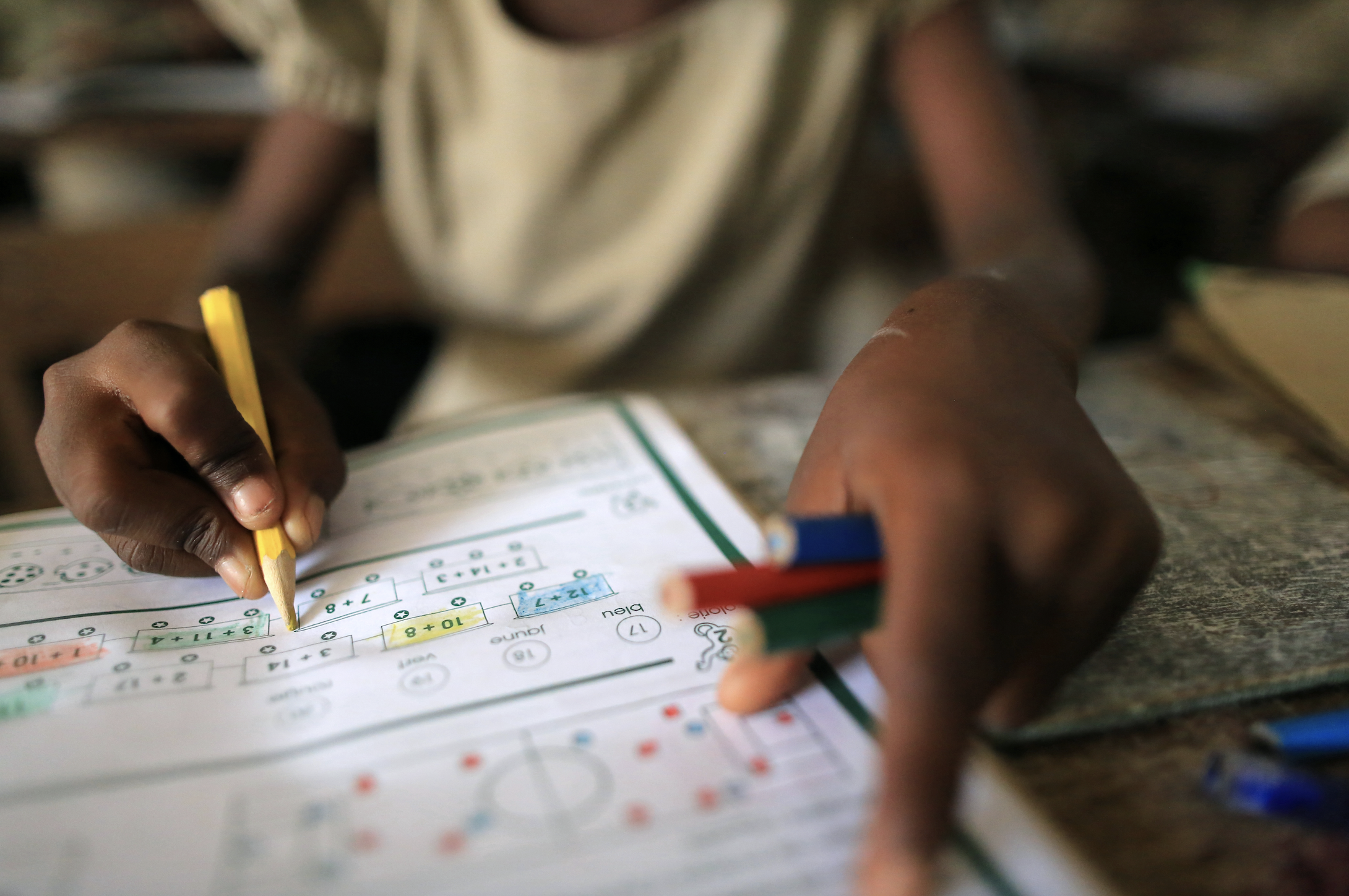ADRS Global News
DID YOU KNOW HOW MUCH DEMAND FOR TERTIARY GRADUATES WILL INCREASE BY 2030?
By Dr Asghar Adelzadeh (adelzadeh@adrs-global.com)
Published 10th April 2018
Tags:

Between 2008 and 2017, the South African economy grew by 15.4 percent. During the same period, total employment grew by 11 percent while the number of employed with tertiary education increased three times faster, by 35 percent. WHAT IF the economy grows at a faster pace over the next 12 years, how much will the demands for graduates from tertiary education increase?
We used ADRS’ Linked Macro-Education Model (LM-EM), which has been built as the official LMIP education model, to simulate a moderate growth performance for South Africa through various plausible policy scenarios. The model’s projections include a wide range of macroeconomic and industry indicators plus projections of demand and supply of occupations and skills.
If the economy annually grows at a moderate average growth rate of 2.75% between 2018 and 2030 (which is about twice as fast as the average growth rate during the past 9 years), the model’s simulation results show that the economy will add about 6.2 million jobs to total employment. By 2030, total employment and the unemployment rate are projected to reach 22.4 million and 19.7% respectively.
According to this scenario, only about 2% of more than 6 million added jobs will be in primary sector and 6.4% in manufacturing. That means the remaining 91.6% percent (5.7 millions) will be in Services. The evolution of economic sectors and their employment shares have direct implications for demand for occupations and the skills requirements of occupations, as shown in following set of graphs. Over the next 12 years, the share of workers with low skills is projected to gradually decline from their current 45.8% to 35.2%. At the same time, the share of workers with high skills (i.e., those with tertiary education) is expected to increase from the current 21.1% to 33.2%. Their employment is projected to more than double from 3.45 million in 2017 to 7.44 million in 2030. This reflects an average annual growth of 6.1% over the period, compared to 3.4% between 2008 and 2017. Such a significant increase in demand for tertiary school graduates, due to the increase in the rate of employment and to the overall increase in share of skilled workers in total employed, has significant implications for human resource, infrastructure, and spatial planning that deserve serious attention today. The outcome and its implications will be even more drastic If the economy delivers employment at a rate required to meet the NDP target of 6% unemployment rate by 2030, which is three time lower than the rate for the above scenario, and implies an additional 3.8 million jobs.
Above findings highlight the importance of forward looking intelligence for planning the future outputs of the education sector. To mitigate future labour market crises in high skills, it is imperative to consider alternative long term growth scenarios in order to take necessary steps today to ensure that future flows from the tertiary education align to the pace of job openings and the gradual increase in the skill composition of employed.
Please feel free to forward this issue of Did You Know/What If to your colleagues. We would like to thank DDG Mvalo who posed the question that we have tried to respond to here. Please let us know if you have any comments, questions, or suggestions for a scenario or policy question that you would like to see addressed in future issues.
